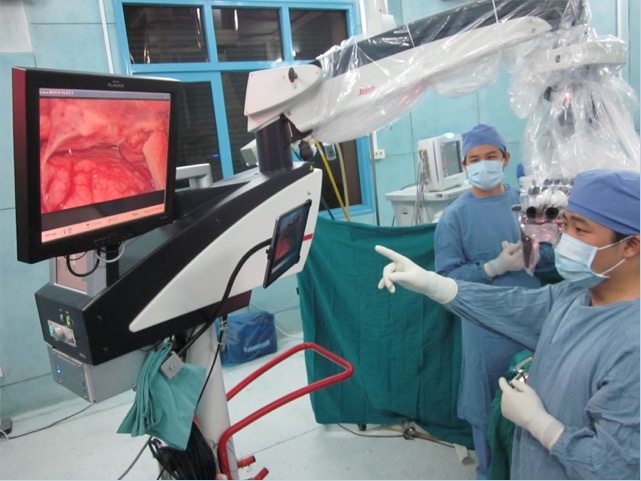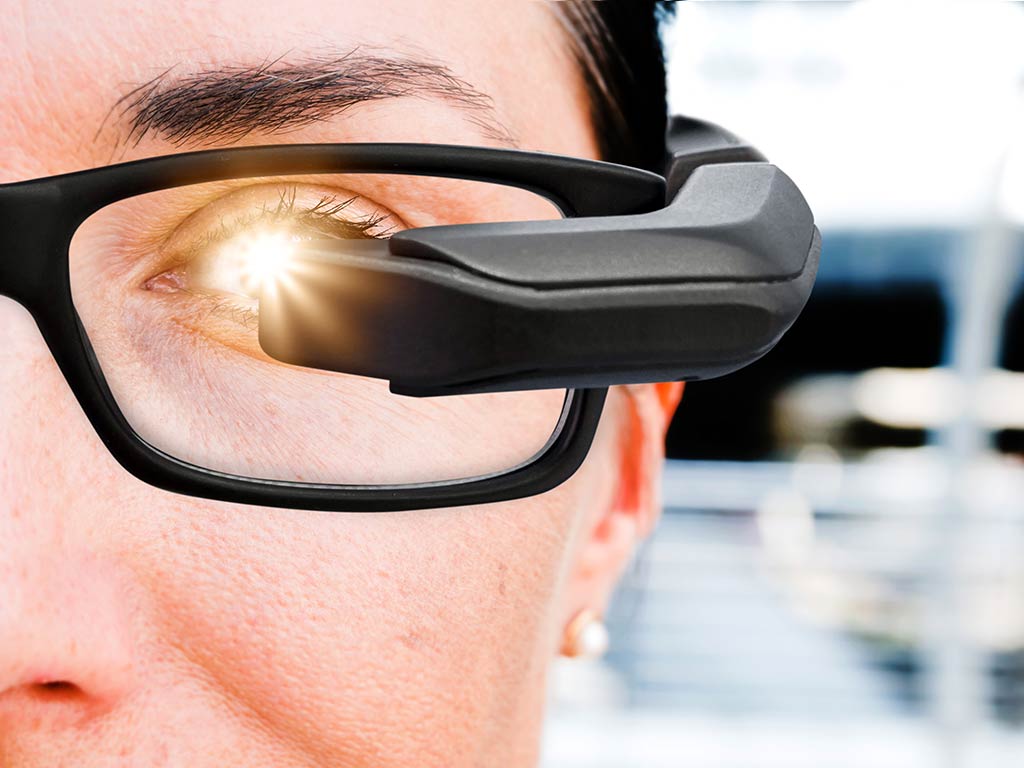Location information
Hospital address
Johns Hopkins Bayview Medical Center 4940 Eastern Avenue, Suite P3-4-11 JHBMC Pavilion Building Baltimore MD 21224 United States of America
Hospital type
Private University-affiliated
Hospital description
National Specialist Hospital
Hospital website
https://www.hopkinsmedicine.org/johns-hopkins-bayview
This is a teaching hospital
Description
The Johns Hopkins Department of Plastic and Reconstructive Surgery is an academic department with expertise in the full spectrum of our specialty including an ABA-certified burn center which serves our region. Training programs in our department include residency training in plastic surgery and multiple fellowship options ranging from microsurgery, craniofacial surgery, burn surgery and critical care, and others. We also have a strong clinical and basic science research program that is well funded and highly productive.
As the director of the Johns Hopkins Bayview Adult Burn Center, I lead the clinical, research, and educational missions of our burn services.
As a reconstructive plastic surgeon, craniofacial surgeon, and microsurgeon, I treat a wide array of other problems as well.
Member information
Name
Mark Fisher
Member type
Individual independent practitioner
Specialty
Plastic, Reconstructive & Burns Surgeon
Subspecialties
- Burns
- Acute burns care
- Post burns reconstruction
Languages spoken
- Japanese
- German
- English
Professional affiliations / memberships
- American Society of Plastic Surgeons (ASPS)
- International Society of Burn Injuries (ISBI)
- American Burn Association
Social profiles
Current and past partnerships
Has current partners or past partnership experience in these countries
- Uganda
The Johns Hopkins Department of Plastic Surgery has a annual experience via ReSurge International with Kiruddu Hospital in Kampala. I personally have not participated yet.
My current work pertaining to global surgery is mostly with Interburns (https://interburns.org) where I am developing a new course on burn reconstruction.
I also teach occasionally with ReSurge International on Burn Surgery.
In the interest of international community building in burn surgery, I also moderate a Burn Surgery WhatsApp! Group. Please contact me if you are interested in learning more about it or joining.
Conditions treated
- Facial fractures
- Rhinoplasty and Nasal Reconstruction
- Head and Neck Reconstruction (neoplasia and traumatic)
- Excision of Soft tissue Tumors and Skin neoplasia
- Soft tissue Reconstruction (neoplasia and trauma)
- Lower extremity Flap reconstruction and salvage
- Abdominal Reconstruction
- Liposuction/Fat grafting
- Microsurgery for free tissue transfer
- Acute burn care and skin grafting
- Release of chronic Burn contractures and reconstruction
- Hand reconstruction (soft tissue and bone)
Equipment used
- Microscope and micro instruments
- Facial fracture tray
- Hall Drill /K wire driver
- Hand Fracture tray
- General Hand Tray
- Liposuction and fat grafting instruments
- Dermatome and mesher
- Craniofacial Tray (Dingman retractor)
- Headlight




